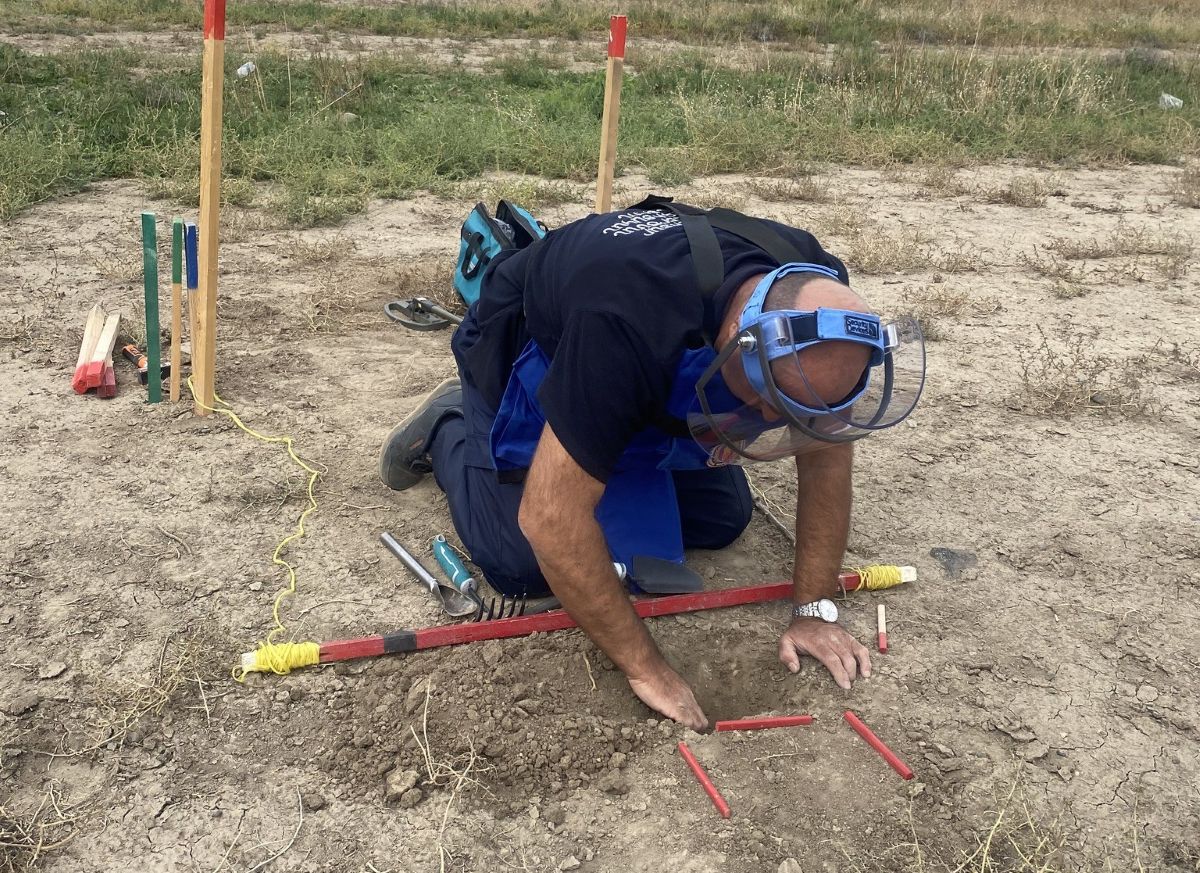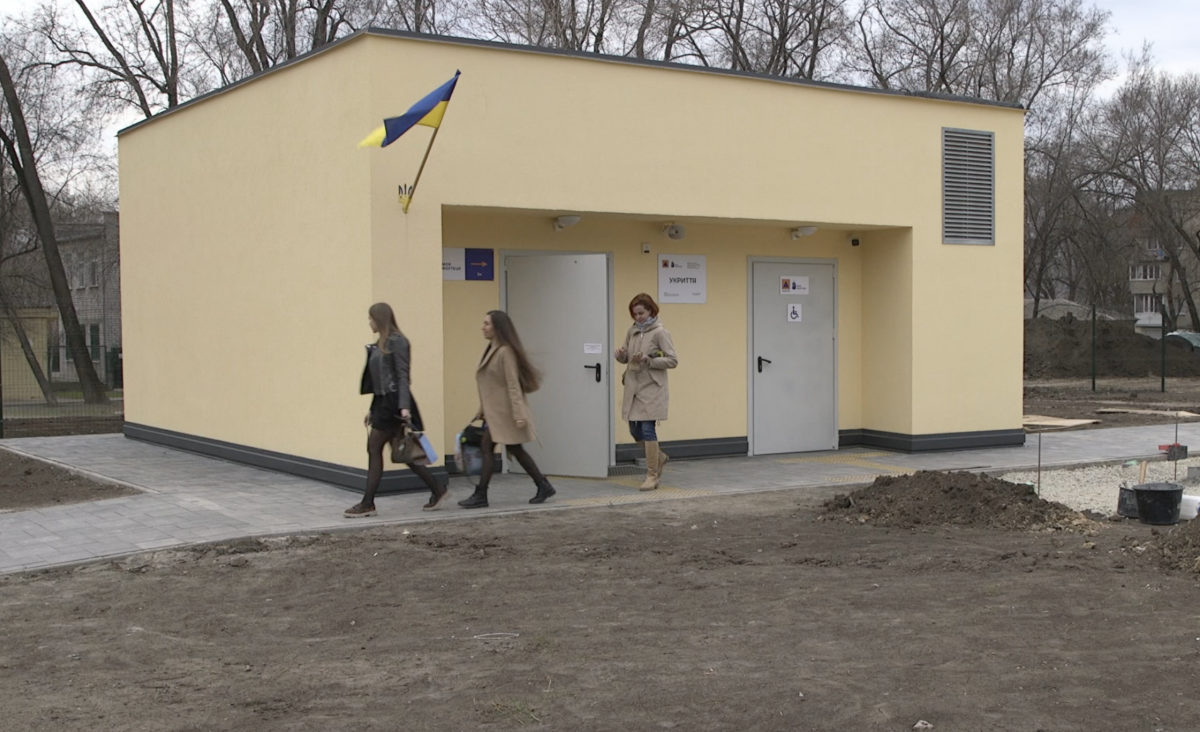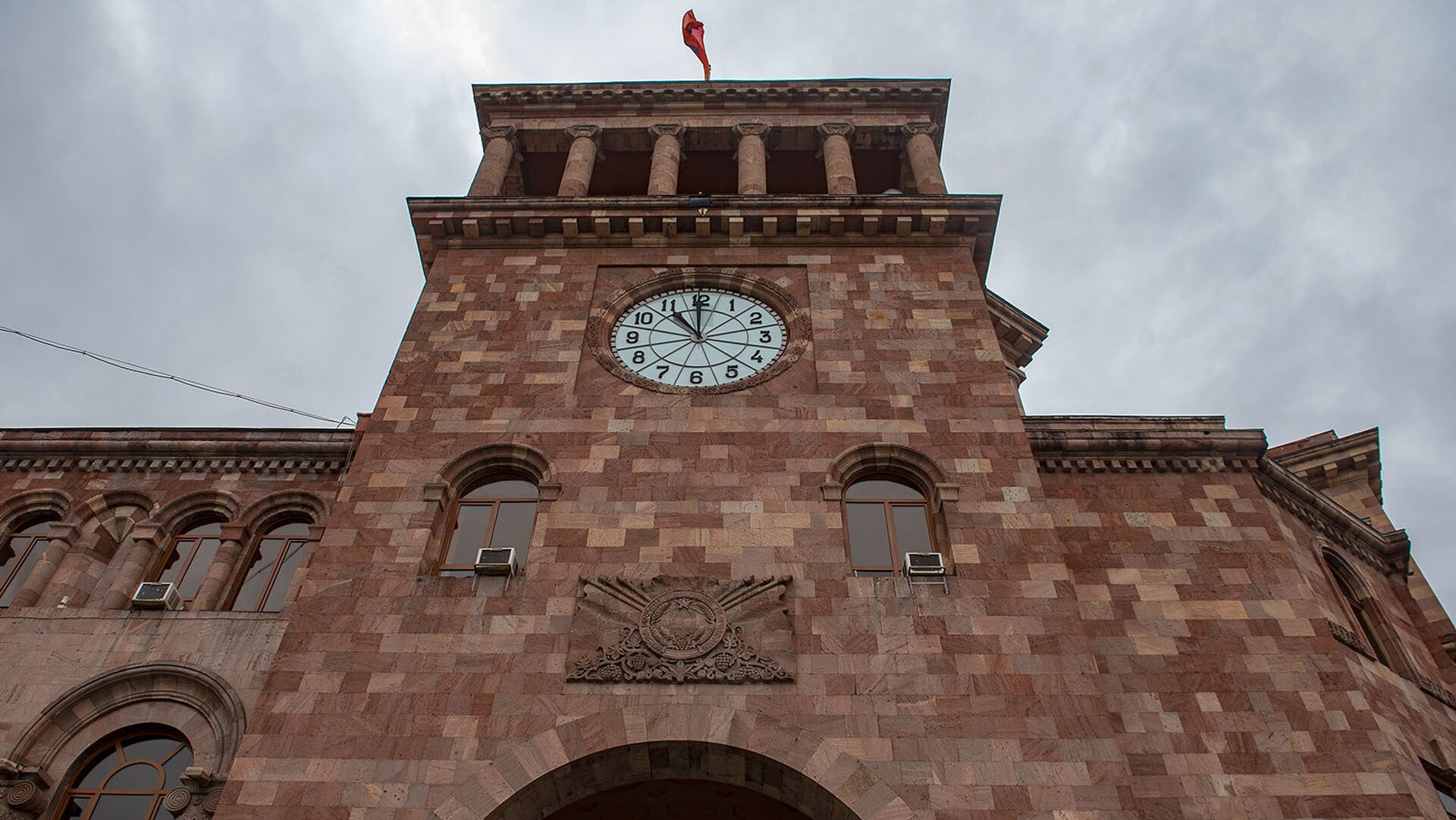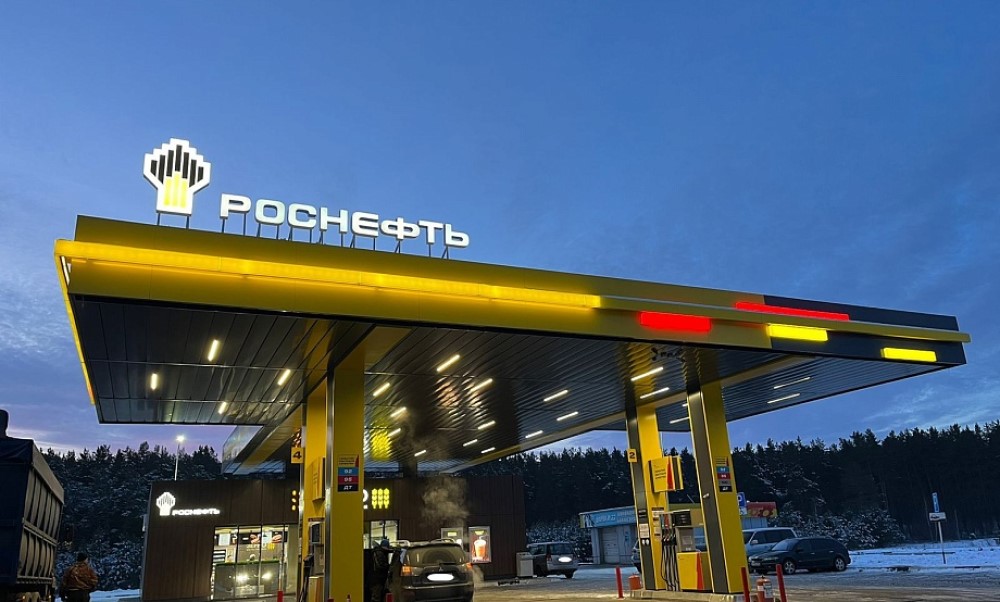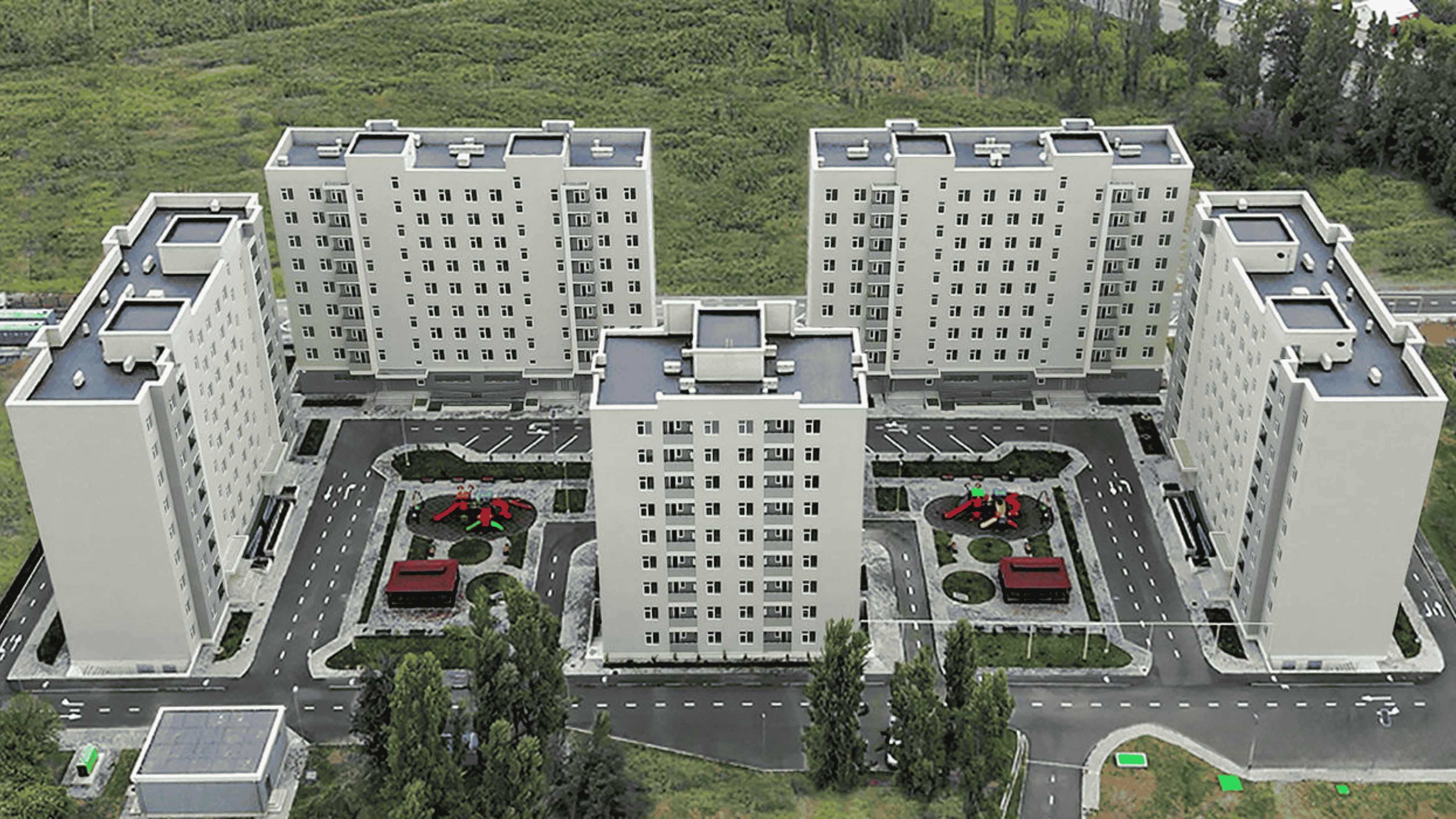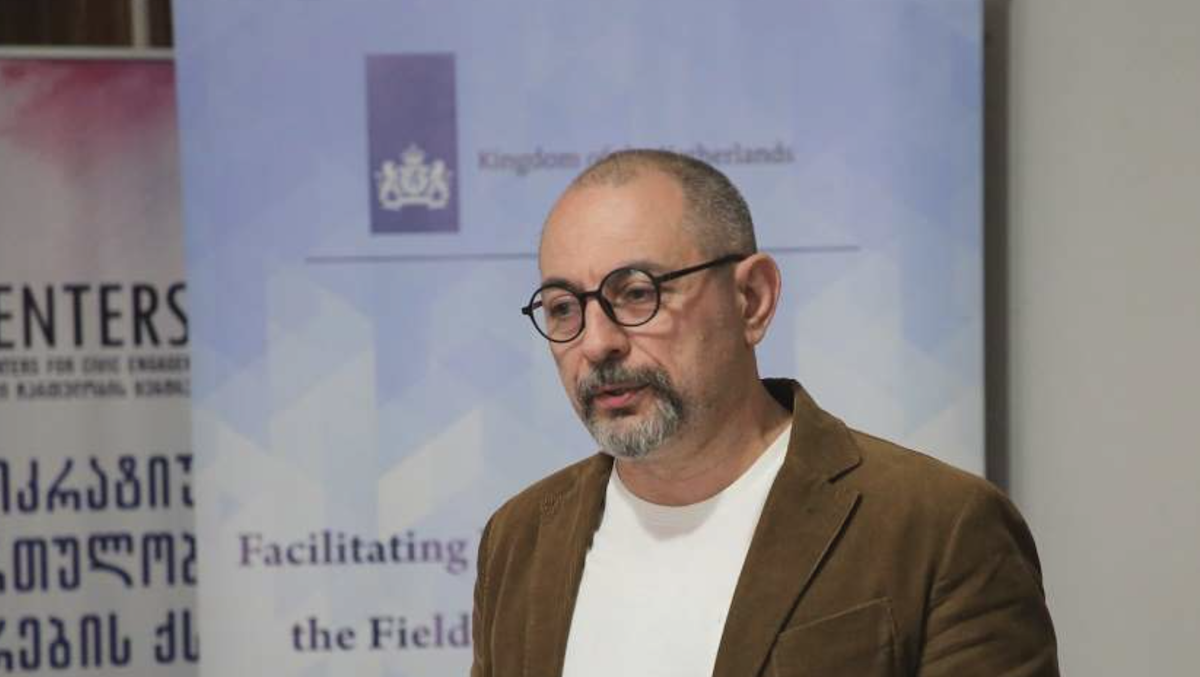An in-depth view into South Ossetia’s social support system

What are the basic social services and programmes available to the residents of South Ossetia? How do they live? What are their basic expectations when it comes to pensions, kindergartens, education and medical care?
JAMnews looked into what residents of South Ossetia receive from the state, and what they have to pay for themselves.
Education and healthcare in South Ossetia are, by law, free. But the quality and quantity of these institutions are lacking, and many people have to pay for these these things themselves.
Schools and kindergartens
Prior to January 2018, the one-time handout for having a child in South Ossetia used to be the equivalent of EUR 70. Now, for every child born after 1 January 2018, a family receives 10 000 roubles (about USD 160).
There are kindergartens that are made accessible to families free of charge and paid for by the state budget, but there are not enough of them. There are no private kindergartens in South Ossetia.
State schools are also free. There are two ‘commercial’ schools where one can send one’s child for a fee. At Rukhs Orthodox school the cost is USD 500 a year, whereas at Albion school education used to cost about USD 250 a year. However, recently with aid from the state budget, the costs were reduced to about USD 40 a year.
Children receive lunch free of charge in both kindergarten and schools.
However, every month in both kindergartens and schools, parents pay a small sum – different in all schools – that goes towards everyday items. For example, many kindergartens buy bottled water with this money, given that the local tap water is not of very good quality.
Parents also gather money for presents for teachers and supervisors.
“If there are several children in a family, these unofficial ‘offerings’ can really affect the family’s budget,” says father of three Aslan Gigolaev.
“For school photo albums and photo sessions, holidays, 8 March [International Women’s Day], New Year and so on, This amounts to to about 2 000 roubles (about USD 40) a month, while the average salary in the republic is 15 000 roubles (about USD 240).
Maternal handouts
For the birth of a second – or subsequent – child, residents of South Ossetia that have Russian passports receive a one-time ‘maternal handout’. This amounts to about EUR 6 500, which can only be spent on certain things such as education, treating a child ot buying an apartment.
Medicine
Clinics and hospitals in South Ossetia are free of charge, but there are certain services for which one must pay.
“If the supervising doctor sends a patient for tests such as x-rays or blood tests it’s free. But if I go to the clinic myself [for these services -ed] without a doctor’s note, then I have to pay for it,” says local resident Aslan Bekoev.
Surgical operations are supposed to be free, but according to Bekoev, one still has to pay an ‘unofficial’ fee.
“However, in South Ossetia, this sum is far less than, for example, in North Ossetia. An acquaintance of mine in Vladikavkaz had to pay 50 000 roubles (about USD 800) for an operation of medium severity, while in Tskhinvali you can have the same operation done for 20 000 roubles (about USD 300). The services of dentists you must pay for.”
However, in reality things aren’t so clear-cut
Sixty-year-old Uruzmag* ended up in hospital after a heart attack. He says that the doctors were well-qualified and that they took good care of the patients. But he had to pay a lot.
“I gave the nurse that looked after me the whole week 1 000 roubles (about USD 15). I gave the supervising doctor 3 000 (about USD 50). I also had to pay for the syringes and medicine myself – but by law, they should have been given to me for free, but they just didn’t have any in the hospital.”
Pensions and benefits
The absolute majority of the population of South Ossetia are also Russian citizens, and have a right to Russian pensions which are much higher than those of South Ossetia. In South Ossetia, pensions are about EUR 80, while in Russia they can be as high as EUR 200.
*Name has been changed to protect the identity of the individual.











